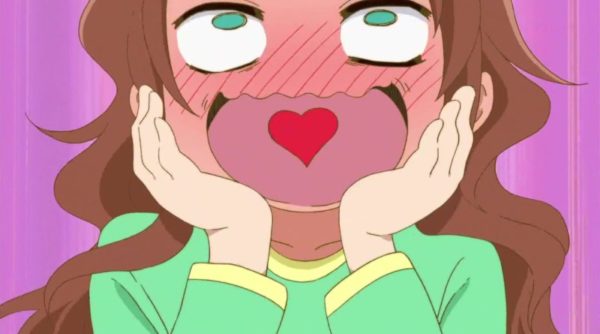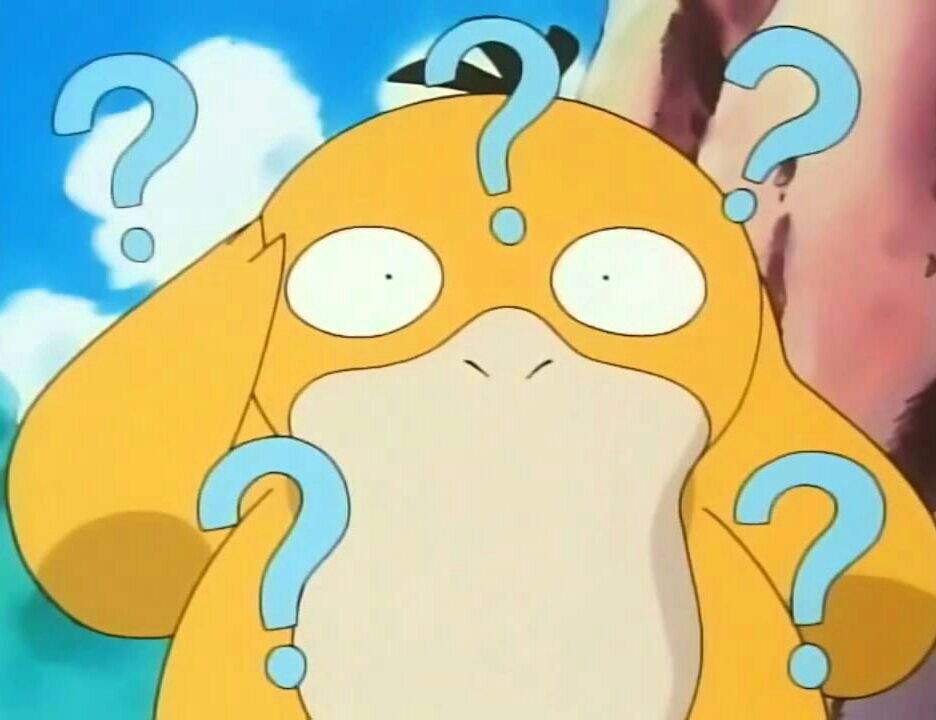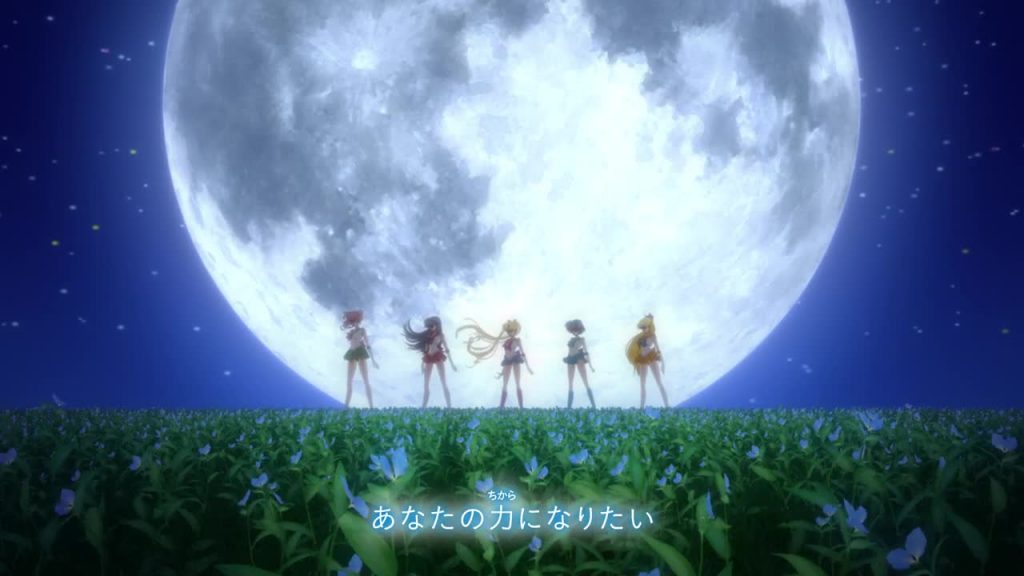“Do you buy and ship d-d-d-d-doujinshi?”
We get this question a lot. And it’s always by email or DM, never publicly.
Okay, let’s be fair, not everyone asking us about it sounds super nervous and secretive. But to many people, the word ‘doujinshi’ is… naughty by default. They feel like they’ve gotta be super careful if they’re trying to buy doujinshi from Japan.

So we’re making it public: the D-word isn’t always gonna get you in trouble!
Magazines for like-minded people
To keep it simple, ‘doujinshi’ (同人誌) means ‘self-published print works’ in practice (not literally, we won’t get into the kanji). There are 2 types: originals, and parodies. Originals should be obvious – new, artist-made works. For parodies, fans of a series, game or show use the canon as a foundation to make their own stories.
What, the established plot of something you love isn’t enough? Please – if it was, fanfiction wouldn’t exist. Doujinshi is like illustrated fanfic in that way.

We can give you all kinds of reasons people decide to create parody doujinshi. See if you ever had any of these thoughts about an anime series you’re hooked on, for example:
- Didn’t like the ending, gonna rewrite it
- Liked the ending, wish I knew what happened after that
- Those characters I shipped didn’t end up together, let’s fix that
- Oh crap my faves all died, let’s fix that
- Alternate universe!
- Fandom crossovers!
- Gender swap!
- Same everything, but set 10 years earlier or later
If you can think of it, chances are it exists in some form (or will do, real soon). For readers going through the same ‘what if’ thoughts, a well-written doujinshi’s as good as the creators adding to the original.
You’ll notice we didn’t cover the R18 ‘what ifs’ yet… sometimes, things get taken to another, sexier level:
- Those characters I shipped didn’t end up together, let’s SUPER fix that
- Those characters I shipped got together, let’s get them SUPER together
- Gender swap body parts exploration!
- Fandom crossover – mixed-fandom kids edition
- Same everything, but set 10 years later so everyone’s legal age

And it’s those doujinshi stories that naturally get more attention from fans, both in Japan and internationally. It’s the adult stuff you’d have more trouble importing, or awkwardly explaining to your friends/family – but tons of works out there are totally innocent.
Like a needle in an artsy haystack
Many publishers only make a limited number of each new work, to try and avoid copyright problems with the original creator. ‘Cause of that, doujinshi can be crazy rare and hard to find. You need to be in the right place at the right time to snap them up.
Artists apply to promote and sell their doujinshi at conventions. Seller groups are known as ‘circles’, same as gyaru are. The circles have to pay to be there, but buyers can show up and look around for free.

You’ve heard of Comiket, right? Comic Market in Tokyo. That’s the biggest doujinshi convention in Japan. It’s where (half a million!) people go twice a year to pick up new stuff to read.
It’s said there are thousands of doujinshi meetups across the country, big and small. Lots of choice, for fans who take the opportunity.
The doujinshi ‘circle’ really does repeat itself
Why don’t companies who own the rights and intellectual property crack down on parody doujinshi?
It’s a fair question. Sometimes they do fight, and win – we’ve seen it happen to fan works themed around huge hits like Pokemon and Doraemon.
But in some cases, the makers can’t complain. (And it’s the kind of legal fine line in Japan where if they don’t complain, the police won’t get involved.)
Many famous manga artists started out making their own doujinshi. It’s hard to bitch at others for something you did too – something that helped you get where you are now. They know stopping a new wave of creators from expressing themselves would hurt the industry more, in the end.
On top of that, if a parody gets crazy popular that’s added free publicity for the original work. No extra effort or marketing budget needed.
It pays to see who’s paying it forwards
If you’re not in Japan to pick up a few books in person, your next stop’s a resale site. Believe it or not, people do part with their doujinshi.
How do you tell which ones have the risky stuff in them? The cover art can be a good clue sometimes (like the Attack on Titan book below). And some sellers are nice enough to put R18 or NOT R18 in the description.

Get a first look at doujinshi demand on Yahoo! Auctions, to learn who’s bidding on what and how much they’re offering. It’s also interesting to see how high or low sellers are setting their start prices and ‘buy it now’ prices.
Other resale sites (like Surugaya, Otamart, Fril, and Mercari) have fixed prices – unless the seller’s open to offers. There’s a dedicated doujinshi section on Otamart, and Surugaya has a similarly high number of listings.

You can also go straight to the artist and illustrator source, BOOTH. It’s a community where sellers are listing their own work direct, including thousands of search results for ‘doujinshi’ last time we checked.
Looking for doujinshi? Here’s what to do
Adult content’s on the Japan Post restricted item list for international shipping (under ‘obscene articles’), and has been for as long as we can remember.
For the harmless stuff you’d let your parents read, check if we can help you buy it. As a Japanese proxy shopping service, we’re here to help you understand item pages, contact sellers, and get orders sent out internationally.
- Search for ‘doujinshi’ on Yahoo! Auctions Japan
- Find doujinshi on other sites, like Otamart, BOOTH or Surugaya, and request it with DEJAPAN




